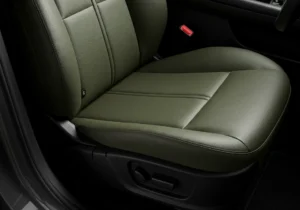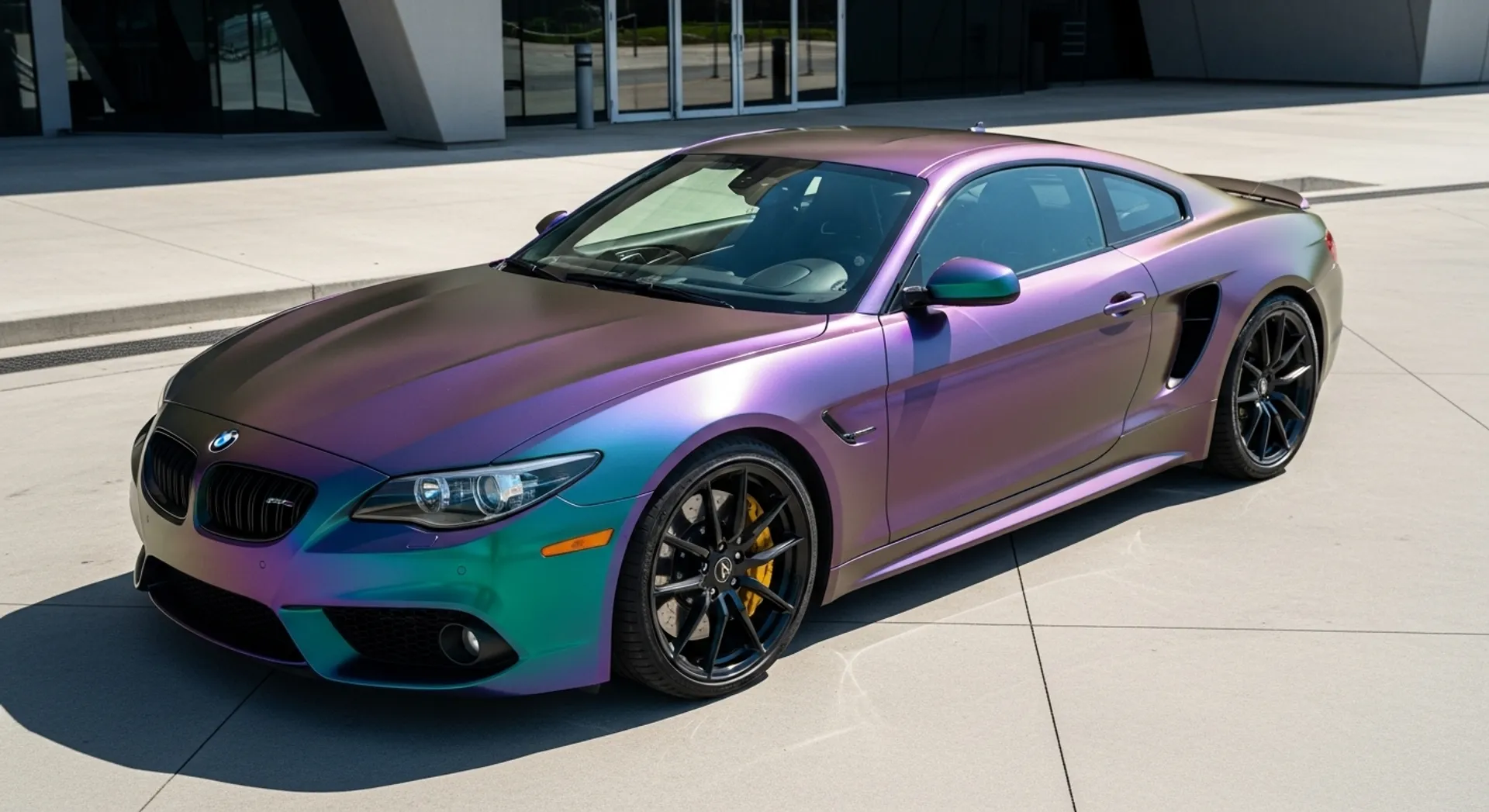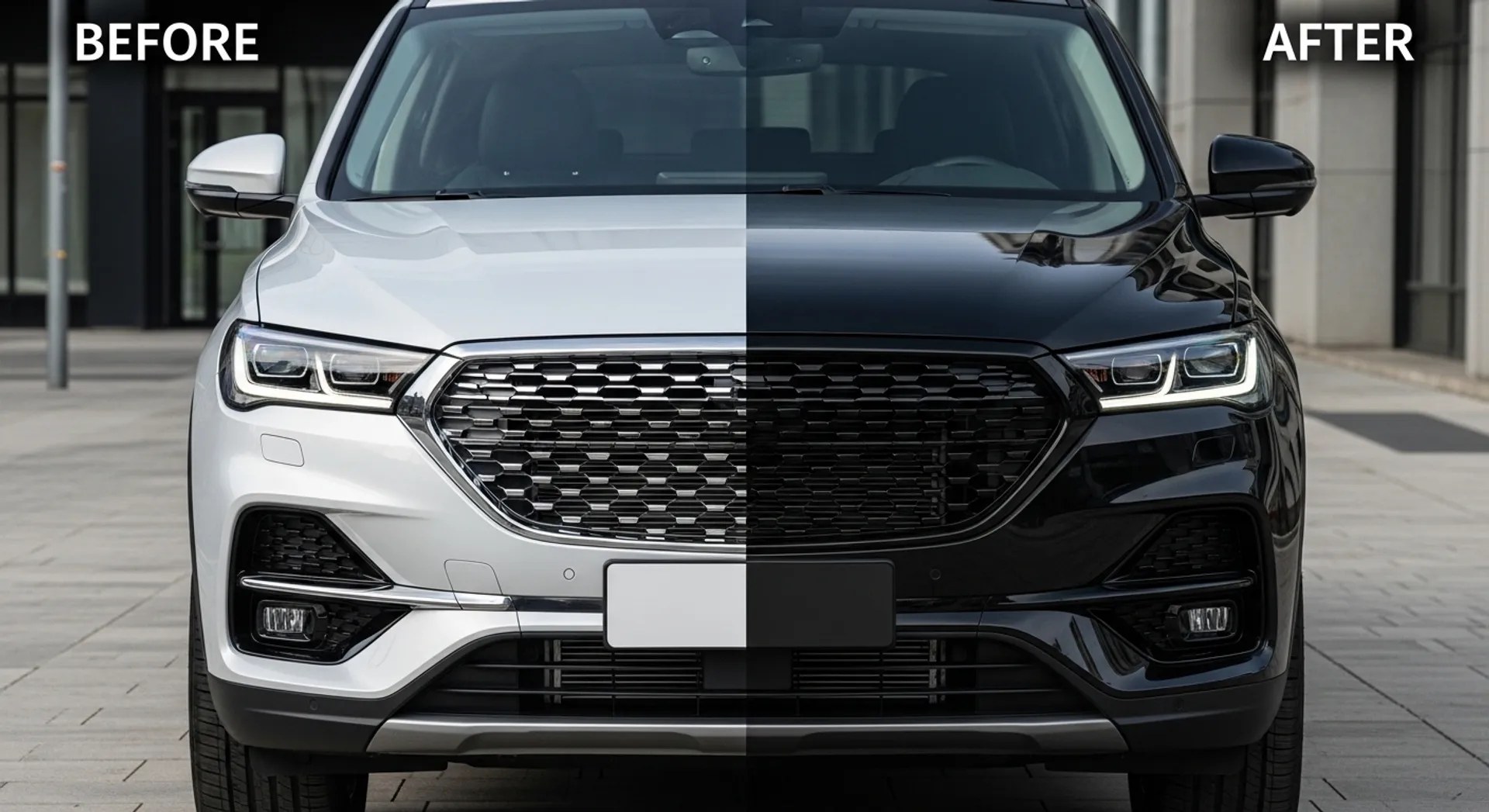In 2025, car owners are becoming more environmentally conscious, and this awareness is extending beyond fuel choices into how we design and style our interiors. Eco-friendly car upholstery has emerged as a growing trend, offering alternatives to traditional leather and synthetic fabrics. With options such as vegan leather, recycled fabrics, and sustainable interior upgrades, drivers can now combine comfort, durability, and environmental responsibility.
Why Eco-Friendly Upholstery Matters
Traditional leather and vinyl have long been associated with luxury and durability, but their production processes often involve significant environmental impacts. Animal-based leathers raise concerns about animal welfare and water usage, while many synthetic materials are derived from petroleum and contribute to plastic waste.
Eco-friendly upholstery addresses these challenges. By choosing vegan leathers, recycled fabrics, or natural fibers, drivers reduce their environmental footprint while still enjoying stylish interiors. According to the U.S. Environmental Protection Agency (EPA), textile waste accounts for millions of tons in landfills each year, making recycling and reuse critical.
Popular Eco-Friendly Upholstery Materials
Several innovative materials are leading the way in sustainable automotive interiors:

- Vegan Leather: Typically made from polyurethane (PU), plant-based alternatives such as cactus leather or apple leather are also gaining popularity. These mimic the feel of real leather without animal products.
- Recycled Fabrics: Many upholstery options now use polyester sourced from recycled plastic bottles, reducing waste while creating durable fabrics.
- Natural Fibers: Materials like organic cotton, hemp, and wool blends provide breathable, biodegradable alternatives.
- Eco-Foams: Some manufacturers are incorporating low-VOC or biodegradable foams into seat cushions to minimize harmful emissions.
Benefits of Eco-Friendly Car Upholstery
Switching to sustainable upholstery materials offers multiple advantages beyond environmental responsibility:
- Lower Environmental Impact: Reduced use of animal products and petroleum-based plastics.
- Health Benefits: Many eco-friendly fabrics release fewer volatile organic compounds (VOCs), creating healthier cabin air quality.
- Durability: Modern vegan leathers and recycled fabrics are designed to resist wear, stains, and fading.
- Style Options: A wide variety of colors, textures, and stitching patterns allow personalization without compromise.
Styling Ideas for Sustainable Interiors
Eco-friendly doesn’t mean boring. Here are some creative ways to design a stylish yet sustainable interior:
- Contrast Stitching: Use colored threads on vegan leather for a luxury look.
- Mixed Materials: Pair recycled fabrics with leather alternatives for texture and dimension.
- Earth Tones: Choose natural colors such as beige, tan, and gray to highlight the eco aesthetic.
- Minimalist Design: Simplify interior layouts to use fewer materials while maintaining elegance.
DIY vs Professional Upgrades
Drivers considering eco-friendly upholstery have two main routes:
- DIY Upholstery Kits: Budget-friendly and widely available, though they require skill and patience.
- Professional Reupholstering: Provides higher quality finishes and longer durability, but at a greater cost.
Cost Considerations
Eco-friendly upgrades can vary in price depending on material and scope:

- Basic Fabric Seat Covers: $50–$200, often made from recycled materials.
- Vegan Leather Seat Covers: $200–$600, depending on quality and brand.
- Full Professional Reupholstery: $1,000–$3,000, especially if using premium sustainable fabrics.
While costs may be higher than traditional options, the long-term durability and reduced environmental impact often make them worthwhile investments.
Maintenance Tips for Eco-Friendly Upholstery
To maximize the lifespan of sustainable materials:
- Clean vegan leather with mild soap and water, avoiding harsh solvents.
- Vacuum and spot-clean recycled fabrics regularly to prevent dirt buildup.
- Protect from direct UV rays with sunshades or window tints to reduce fading.
- Use eco-friendly cleaning products for consistency with sustainability goals.
Challenges of Sustainable Upholstery
Despite the benefits, eco-friendly upholstery comes with some challenges:
- Availability: Certain advanced materials like cactus leather may be limited to specialty suppliers.
- Cost: Plant-based leathers can be more expensive than synthetic options.
- Durability Variance: Not all eco-materials are equally resistant to heavy use; some natural fibers may wear faster.
Automotive Industry Examples
Many automakers are embracing sustainable interiors:
- Volvo announced that all new models will feature leather-free interiors by 2030.
- Tesla uses 100% vegan leather across its lineup.
- BMW has committed to integrating sustainable fabrics and natural fibers in future models.
Future of Eco-Friendly Automotive Interiors
Looking ahead, sustainability will continue to drive innovation. Future possibilities include:

- Biodegradable plastics for trims and panels.
- More plant-based leathers such as pineapple or mushroom leather.
- Upcycled materials sourced from ocean plastics and industrial waste.
- Integration with smart interiors, combining sustainability with technology.
The United Nations Environment Programme (UNEP) highlights resource efficiency as one of the key priorities for sustainable industries, and automotive design is no exception.
Conclusion
Eco-friendly car upholstery reflects the growing demand for sustainability without sacrificing style or comfort. From vegan leather to recycled fabrics, there are more options than ever for drivers who want to align their vehicles with environmentally responsible choices. As automotive innovation continues, these materials are set to become the standard rather than the exception.



